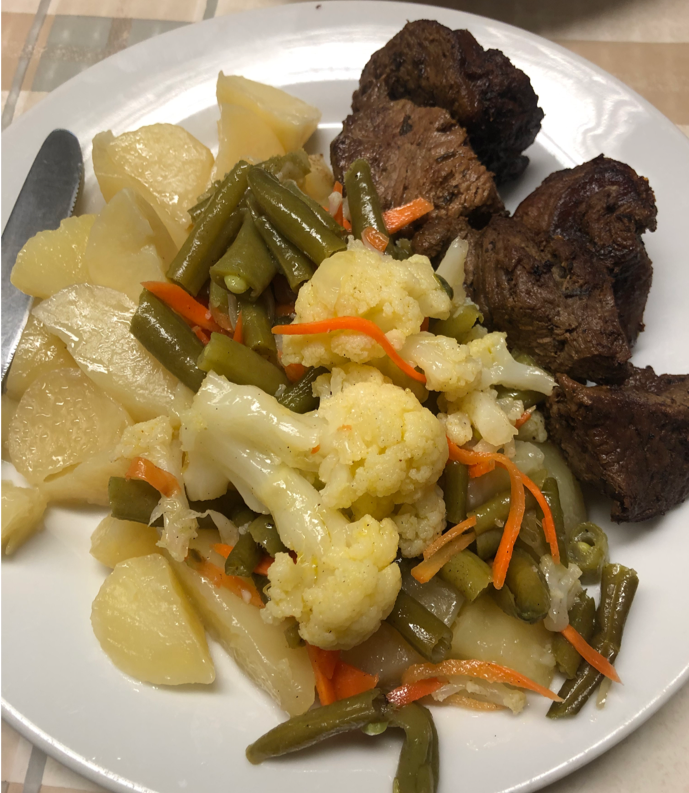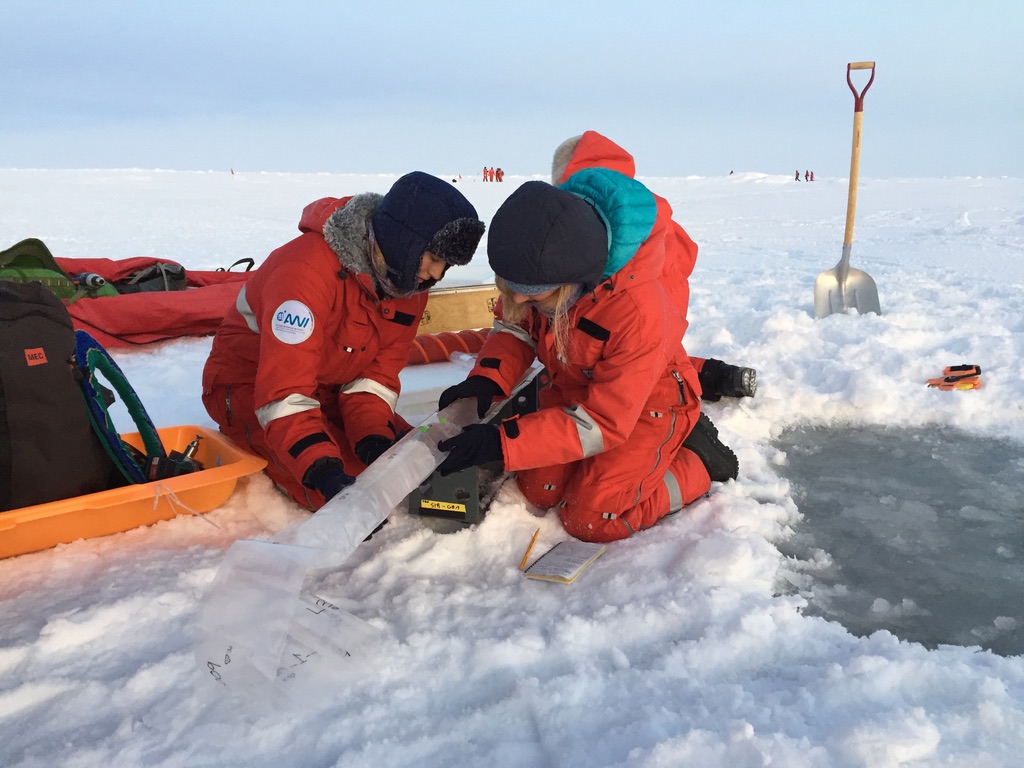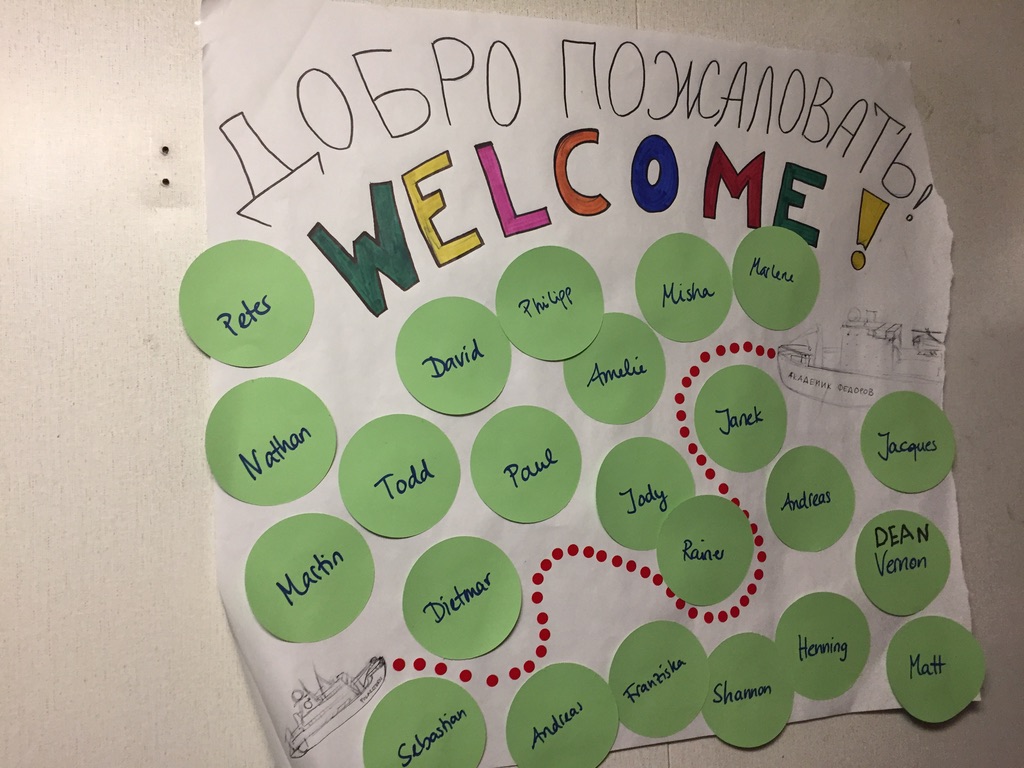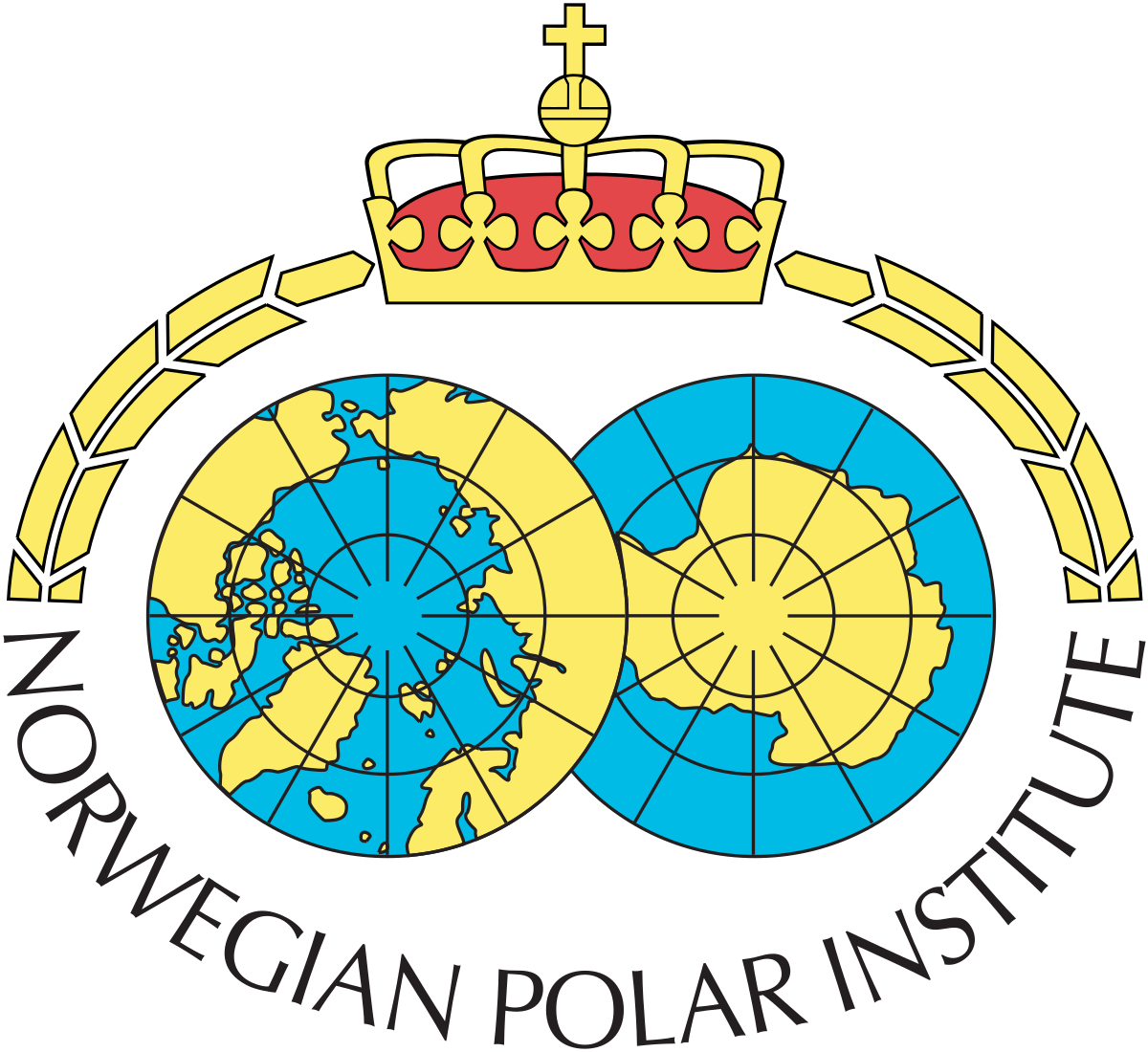October 15, 2019
In order to do good work, you have to eat well. On a Russian ship, this means huge portions, 4 times a day. Breakfast at 7:30, lunch at 11:30, tea at 15:30 and dinner at 19:30. My personal favourite was the sweet pancakes at tea. Many MOSAiC students are actually vegetarian or eat very little meat, so the Russian dietary options were a little difficult to get used to, as they provided a lot of meat. I think this is partly because it is easy to store in the freezer and keeps the crew full. One can’t be too picky, there is no take-out in the Arctic Ocean! However, I was very impressed with the kitchen’s ability to provide us with fresh fruit nearly every day.
The kitchen staff did a good job of keeping everyone fed and kept to a very strict schedule! We were encouraged not to linger in the mess hall, they wanted us to eat as quickly as possible and clear out immediately when finished. This took some getting used to, as many of us were accustomed to meals being very social. However, I strongly recommend following the rules of the person preparing your food!




Meals on Akademik Fedorov (© Ryleigh Moore)
 orov arrived at the second L site, L2, the day before, allowing completion of all of the necessary ice assessments. The floe was mapped and the deployment positions planned, meaning that installation could begin first thing in the morning. This made for a very efficient deployment of all instruments and the L2 site was completed in record time!
orov arrived at the second L site, L2, the day before, allowing completion of all of the necessary ice assessments. The floe was mapped and the deployment positions planned, meaning that installation could begin first thing in the morning. This made for a very efficient deployment of all instruments and the L2 site was completed in record time!
















